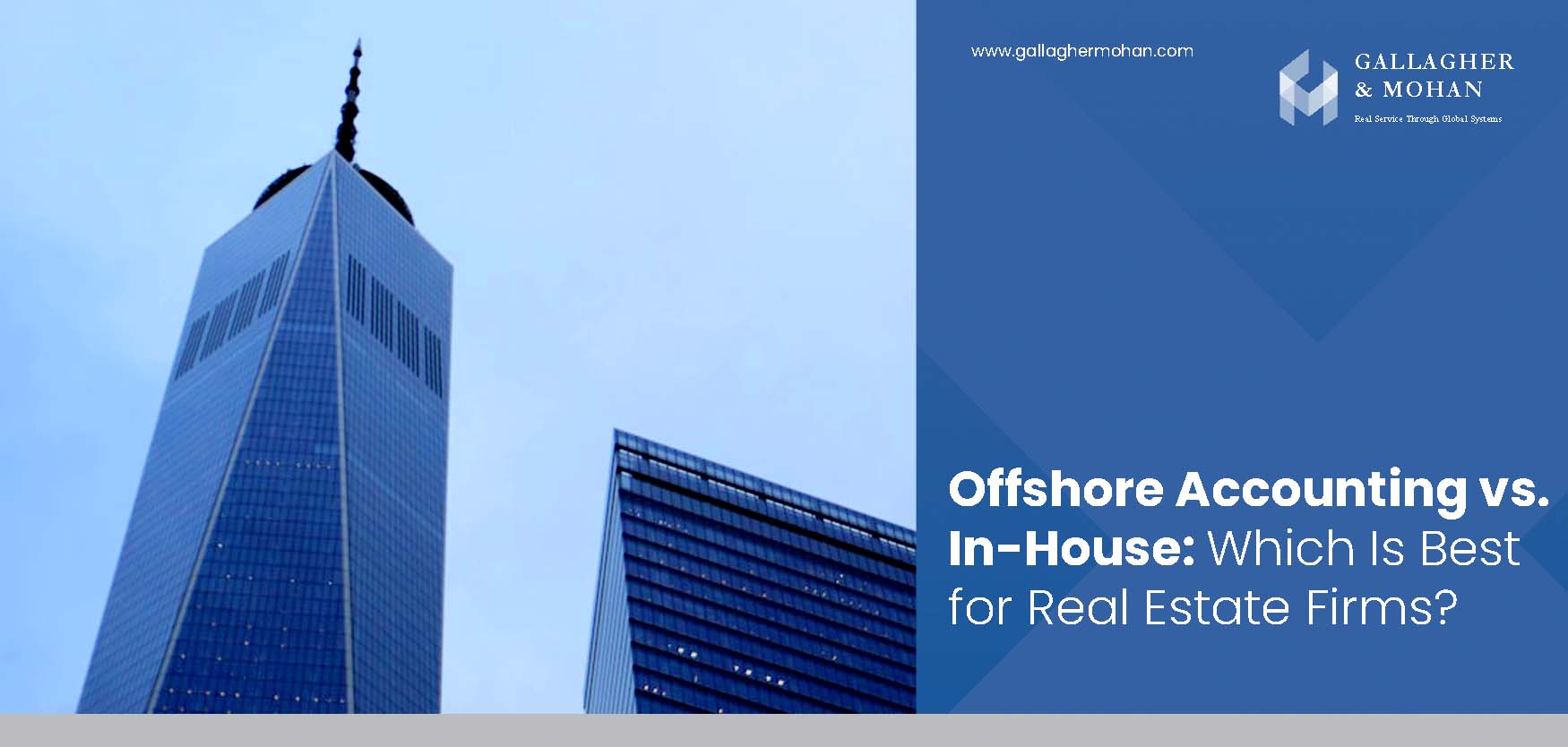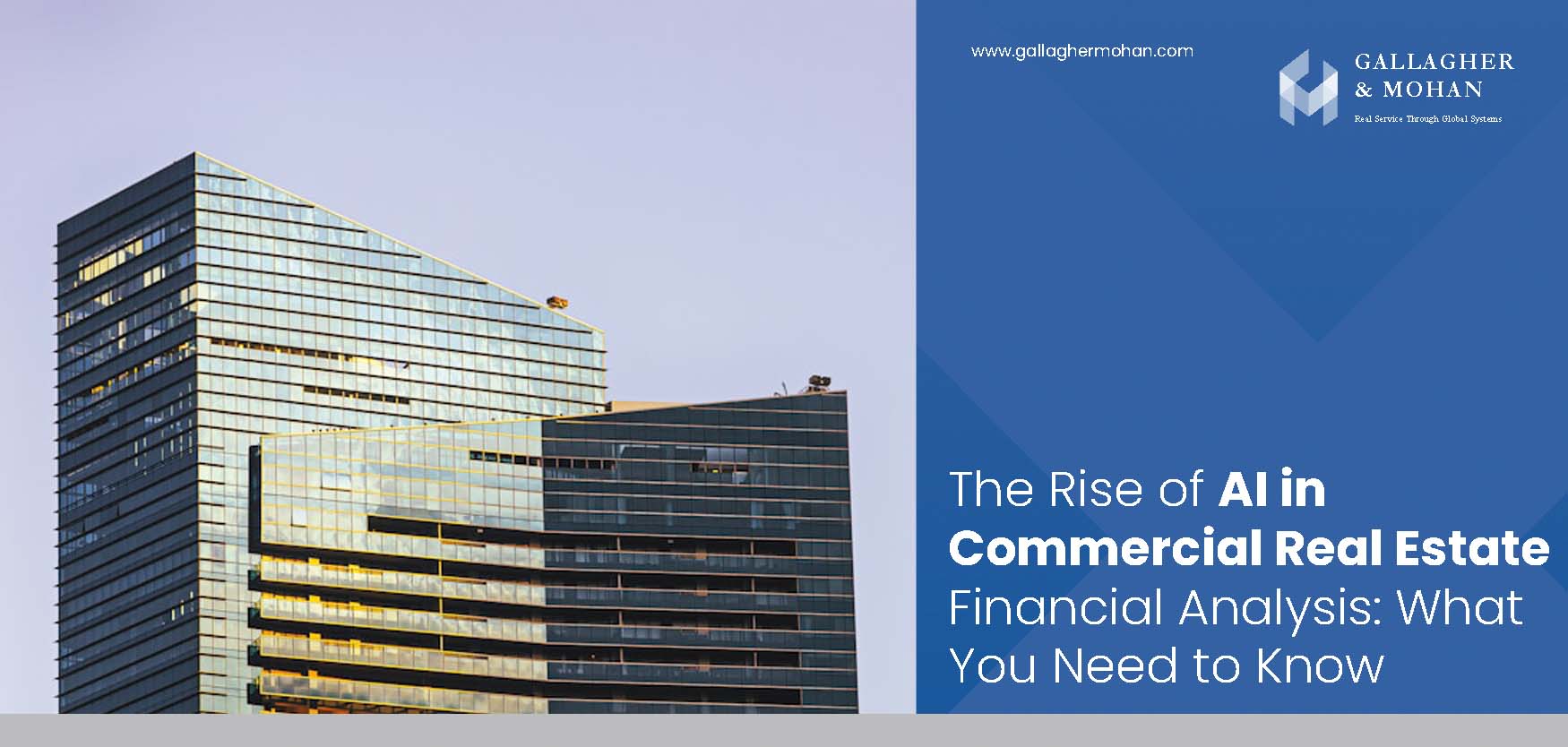18 December 2024
How CAM Charges Impact Financials for Both Landlords and Tenants in Commercial Real Estate
In commercial real estate, managing shared spaces efficiently is a significant responsibility. Common Area Maintenance (CAM) charges cover the cost of maintaining and operating these shared areas within a property. While tenants view CAM as an expense to access amenities like parking lots, lobbies, and elevators, landlords rely on CAM to recover maintenance and operational costs. Understanding how CAM affects financial statements is crucial for both parties to ensure accurate real estate reporting and financial planning.
This blog explores the impact of CAM charges on financial statements, focusing on how they are treated and what best practices can lead to accurate financial reporting.
What Are CAM Charges in Commercial Real Estate?
CAM charges refer to the costs incurred by property owners for managing common areas in commercial properties. These areas typically include hallways, parking lots, elevators, lobbies, and landscaping. According to lease agreements, tenants typically contribute to these costs based on the proportion of the space they lease relative to the total leasable area in the building.
How CAM Charges Are Treated in Financial Statements
- How Landlords Account for CAM:
For landlords, CAM charges play a vital role in recovering costs incurred to maintain the property. Here's how CAM is reflected in their financial statements:
- Revenue Recognition: CAM charges billed to tenants are recognized as revenue in the income statement, under categories like "Operating Income" or "Other Income." This allows landlords to recover costs associated with maintaining common areas.
- Operating Expenses: The actual costs incurred for CAM (e.g., maintenance, utilities, taxes) are recorded under "Property Operating Expenses" or "Common Area Maintenance Expenses" in the income statement.
- CAM Reconciliation: Landlords often estimate CAM charges at the beginning of the year. At the end of the lease term, the landlord reconciles the estimated CAM charges with the actual costs incurred, adjusting for any overages or underages. These adjustments, either as refunds or additional charges, appear in the financial statements.
- How Tenants Account for CAM:
For tenants, CAM charges are considered operational expenses and significantly impact their financials:
- Operating Expenses: Tenants record payments toward CAM as "Rent Expense" or "Occupancy Costs" in the income statement. This reduces their net income, as these are ongoing operational costs.
- Liabilities: If CAM adjustments occur at the end of the year (e.g., additional charges or refunds), tenants will temporarily record any outstanding payments as liabilities until they settle the balance.
Components That Directly Affect Financial Statements
Several components of CAM charges directly influence both landlords' and tenants' financial statements:
- Maintenance and Repairs: Landlords record these as operating expenses, while tenants include them in their rent expenses.
- Utilities: Shared utility costs, including heating, cooling, and lighting in common areas, are part of CAM. These impact both landlord expenses and tenant occupancy costs.
- Administrative Costs: These include property management and other administrative expenses, which are recorded as operating expenses for landlords and included in rent for tenants.
- Taxes and Insurance: Property taxes and insurance for common areas are often passed along as part of CAM and affect both parties' expenses.
- Capital Improvements: Some capital improvements, such as energy-efficient systems or major infrastructure updates, may be included in CAM if they reduce future operating costs.
Impact of CAM on Major Performance Measures
- Net Operating Income (NOI):
CAM charges can have both positive and negative effects on a landlord’s NOI:
- Revenue Impact: CAM charges billed to tenants increase NOI by adding to operating income.
- Expense Impact: CAM-related expenses, such as maintenance and utilities, can reduce NOI. An effective CAM strategy ensures that the charges are balanced to positively contribute to NOI.
- Profit Margins:
- Landlords: Under-recovery of CAM costs or inefficient management can reduce profit margins.
- Tenants: Excessive CAM charges, especially in sectors like retail where occupancy costs are critical, can significantly impact profit margins.
- Cash Flow:
- Landlords: Regular CAM billing provides steady cash flow, but discrepancies in year-end reconciliations can disrupt this flow.
- Tenants: CAM charges are recurring costs that affect tenants' operational cash flow, requiring careful budgeting.
- Balance Sheet:
- Tenants: Any outstanding CAM payments are recorded as liabilities on their balance sheet.
- Landlords: Prepaid CAM amounts are recorded as liabilities on the landlord’s balance sheet, while amounts owed by tenants appear as receivables.
Challenges in Accounting for CAM
While CAM is crucial for both landlords and tenants, several challenges can arise:
- CAM Reconciliation: Discrepancies between estimated and actual CAM charges can lead to errors in financial reporting.
- Allocation Issues: Disputes regarding how CAM costs are divided among tenants can delay payments and affect reporting.
- Capital Improvement Accounting: Mismanagement of how capital improvements are treated in CAM can lead to inaccuracies in financial statements.
- Compliance with Standards: Landlords must comply with accounting standards like ASC 842 or IFRS 16, ensuring accurate and legally compliant financial reporting.
Best Practices for Managing CAM in Financial Statements
To ensure accurate financial reporting and prevent disputes, landlords and tenants can adopt several best practices:
- Implement Property Management Software: Leverage technology to streamline CAM calculations, billing, and reconciliation, reducing errors.
- Maintain Transparency: Landlords should provide tenants with detailed CAM breakdowns, fostering trust and reducing disputes.
- Use Accurate CAM Budgeting: Regularly review and update CAM budgets to align estimated charges with actual costs.
- Conduct Regular Audits: Internal audits can help identify discrepancies and ensure compliance with accounting standards.
- Negotiate CAM Clauses: Landlords and tenants should clearly define CAM components and reconciliation methods in lease agreements.
Real-Life Example: CAM in Action
Scenario: A shopping center landlord collects CAM charges for maintenance, utilities, landscaping, and property management fees, estimating an annual charge of $1 million, divided among tenants based on the space they lease.
Impact on Financial Statements:
- Income Statement:
- Revenue: $1 million recognized as operating income.
- Expenses: $950,000 recorded as property operating expenses.
- Reconciliation: $50,000 refund issued to tenants at the year’s end.
Future Trends in CAM and Financial Reporting
- Technological Integration: Advanced property management software with real-time tracking will enhance CAM reporting accuracy.
- Sustainability: Energy-efficient upgrades included in CAM can reduce long-term costs, benefiting both landlords and tenants financially.
- Transparency: Regulatory changes may drive more standardized CAM reporting, leading to enhanced fairness and transparency in the sector.
Conclusion
Common Area Maintenance (CAM) is more than just a cost—it's a crucial element in the financial reporting of both landlords and tenants in commercial real estate. CAM charges influence key financial metrics like Net Operating Income (NOI), profit margins, and cash flow. By implementing best practices such as accurate budgeting, regular audits, and transparent communication, both parties can ensure fair, precise reporting, fostering trust and stability within the commercial real estate sector.
Are you ready to take your commercial real estate lending to the next level? Our CRE Lending Solutions Division is here to provide end-to-end support, enhancing operational efficiency with cutting-edge underwriting tools. No matter the property type or transaction, we have the knowledge and expertise to help. Contact us now to learn how we can help you achieve smoother, more efficient lending.



